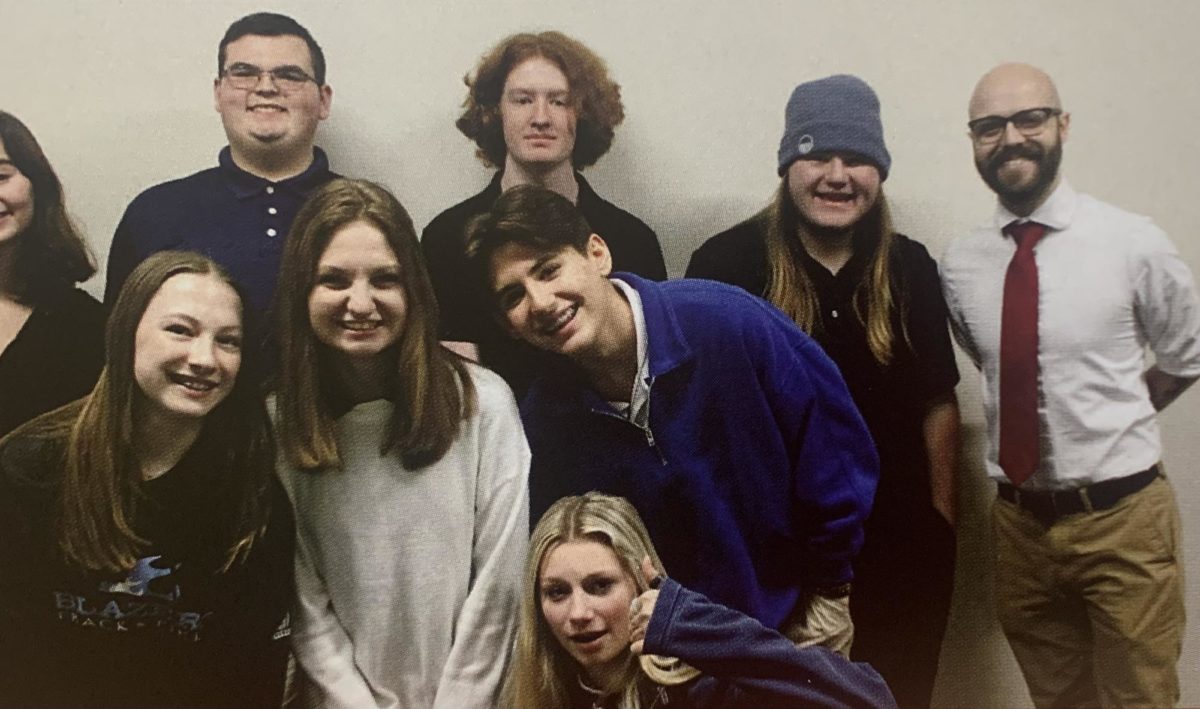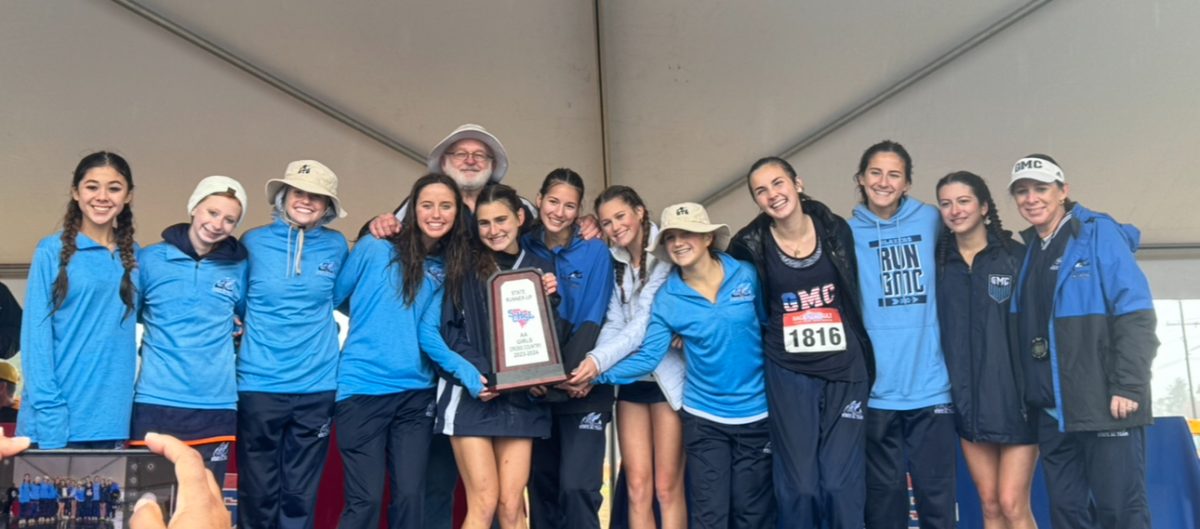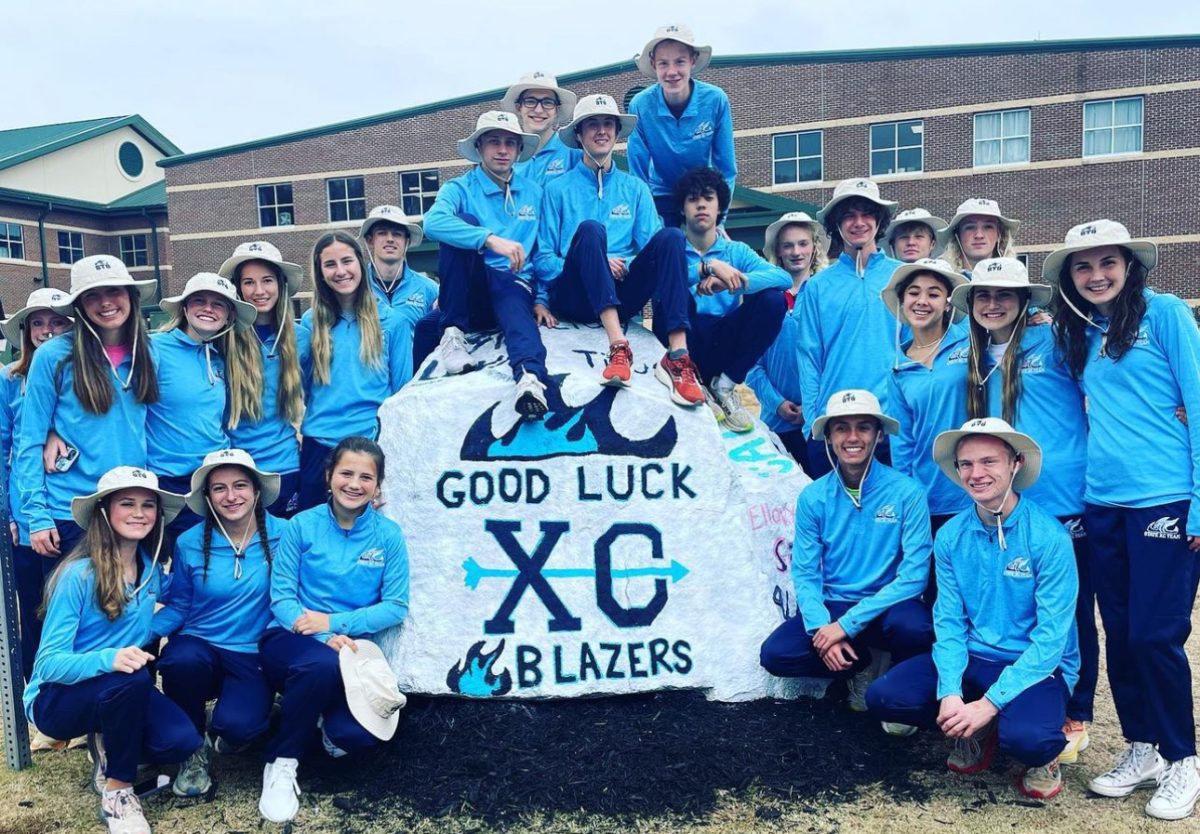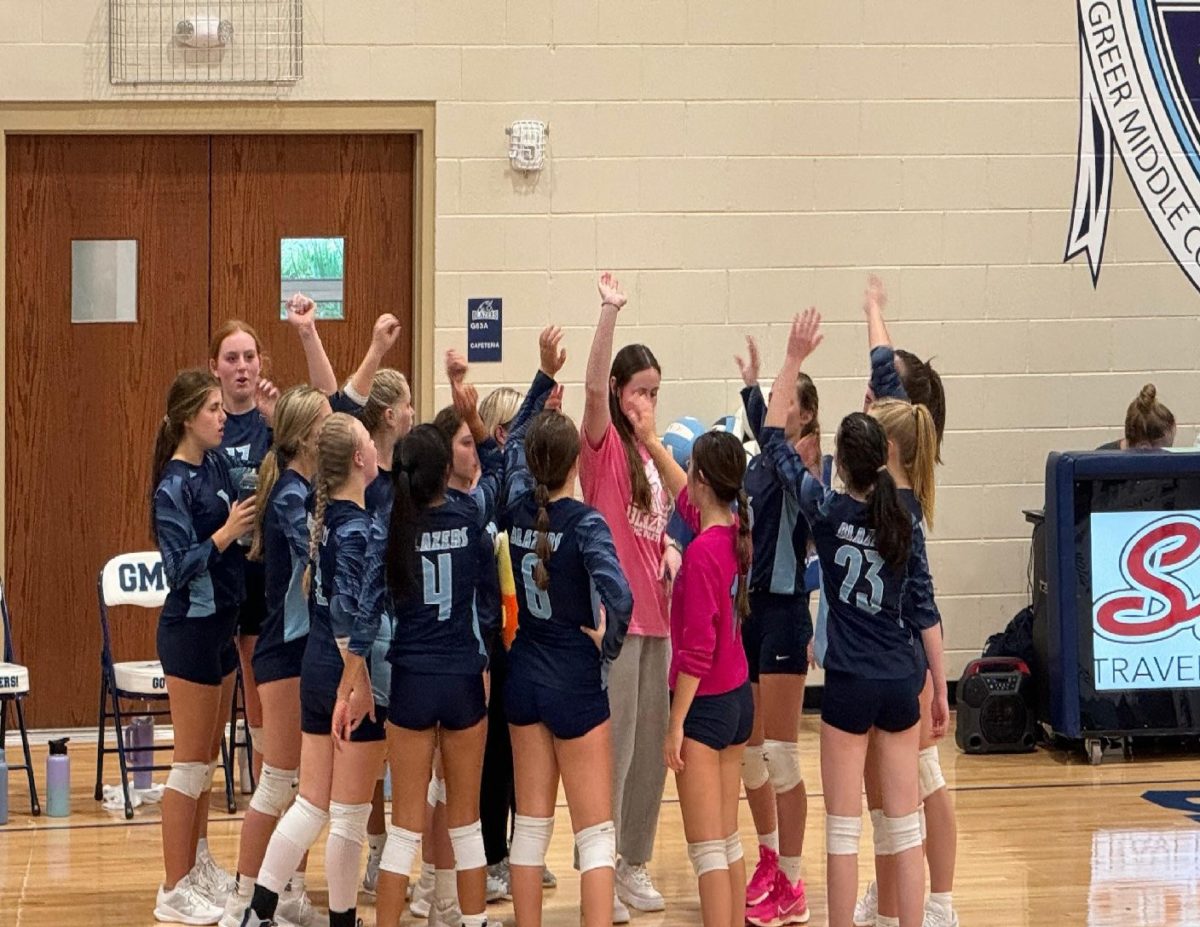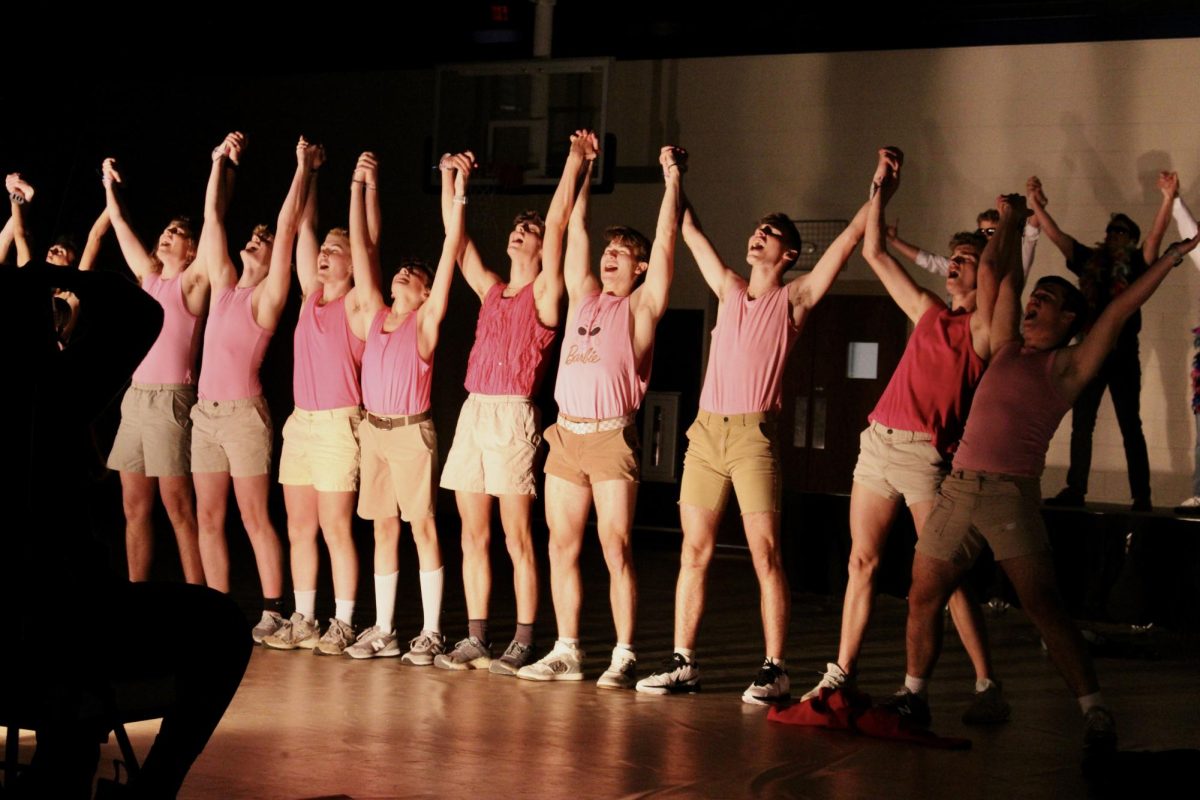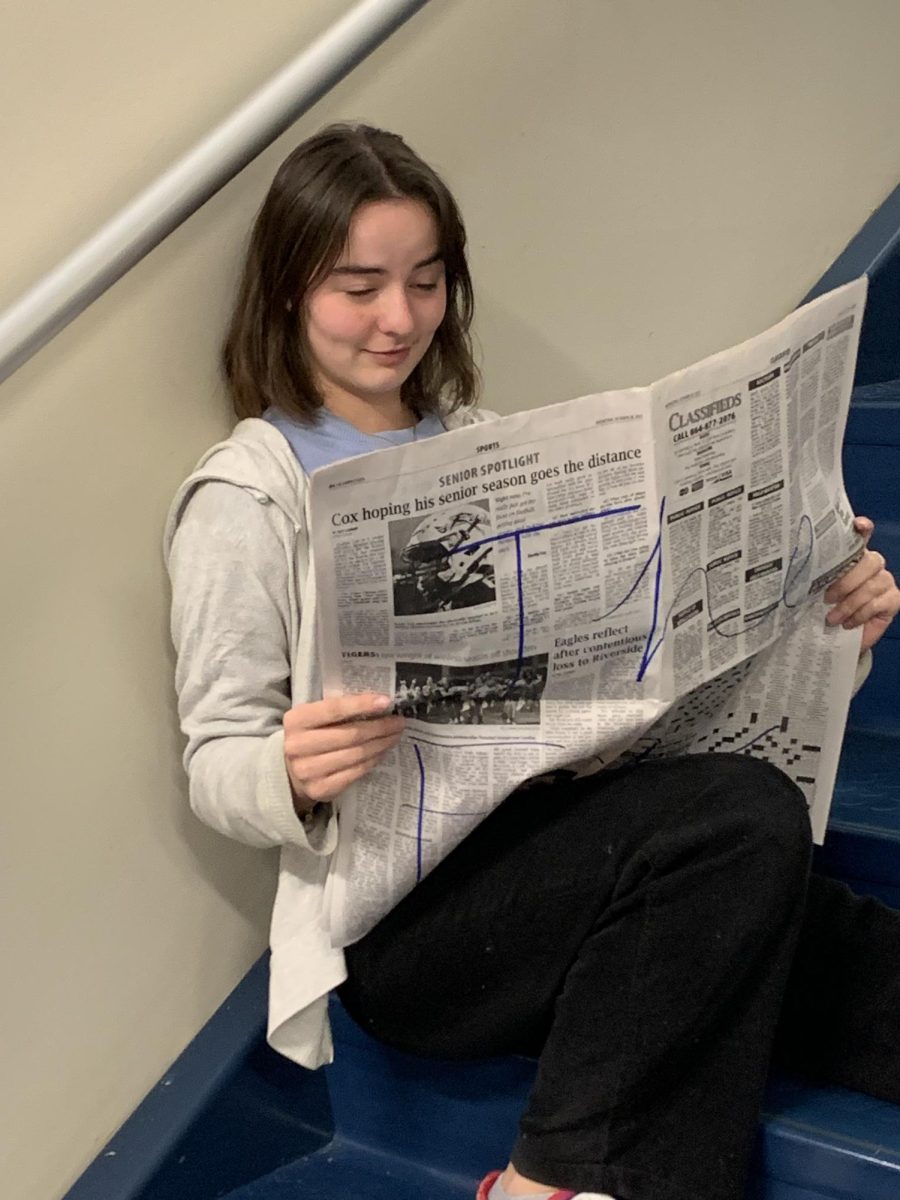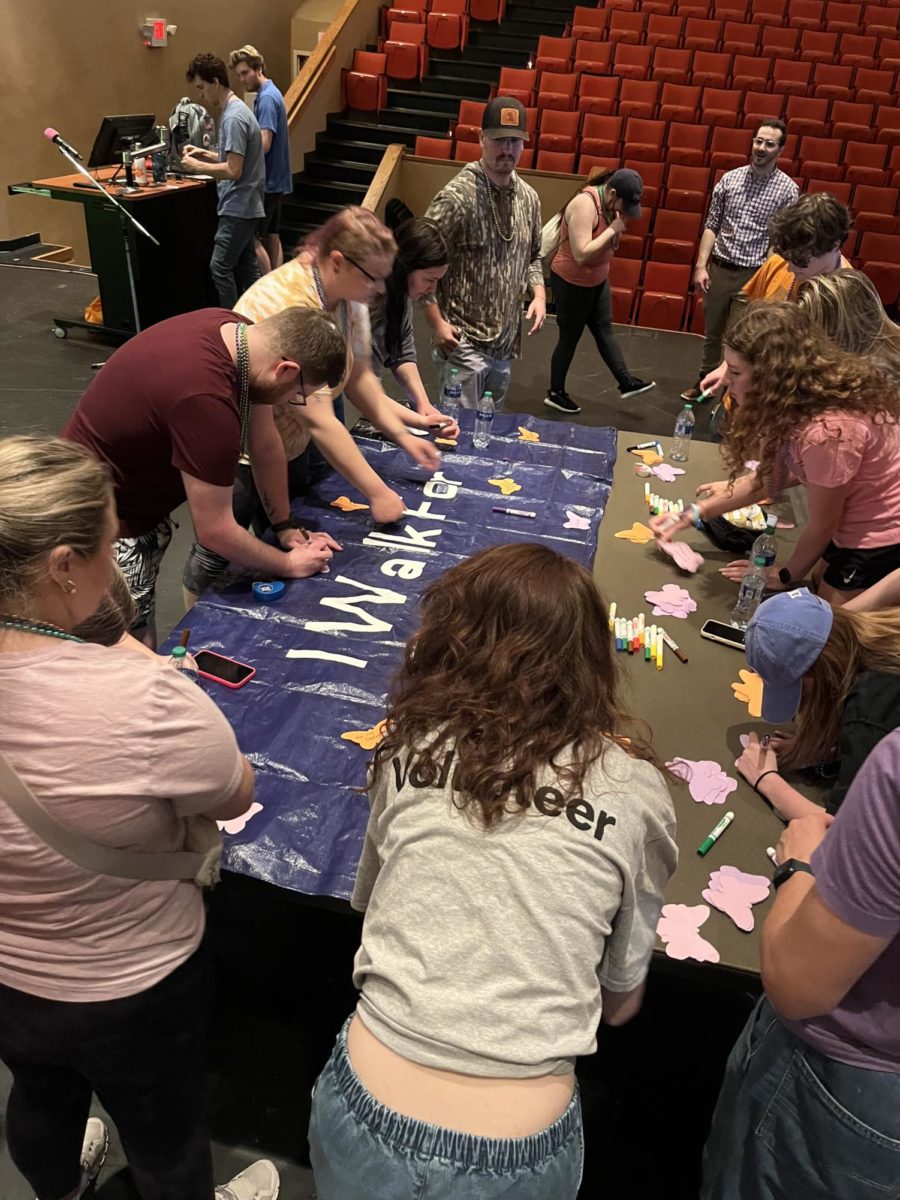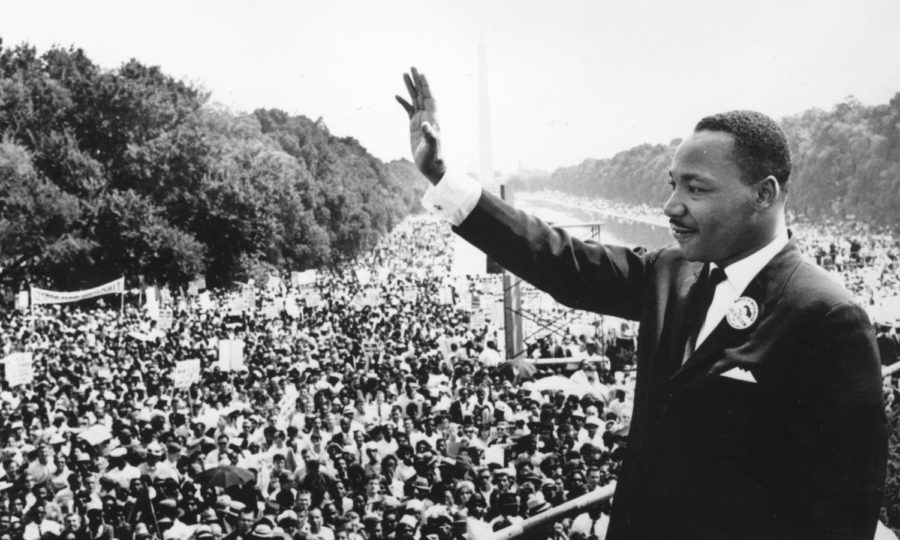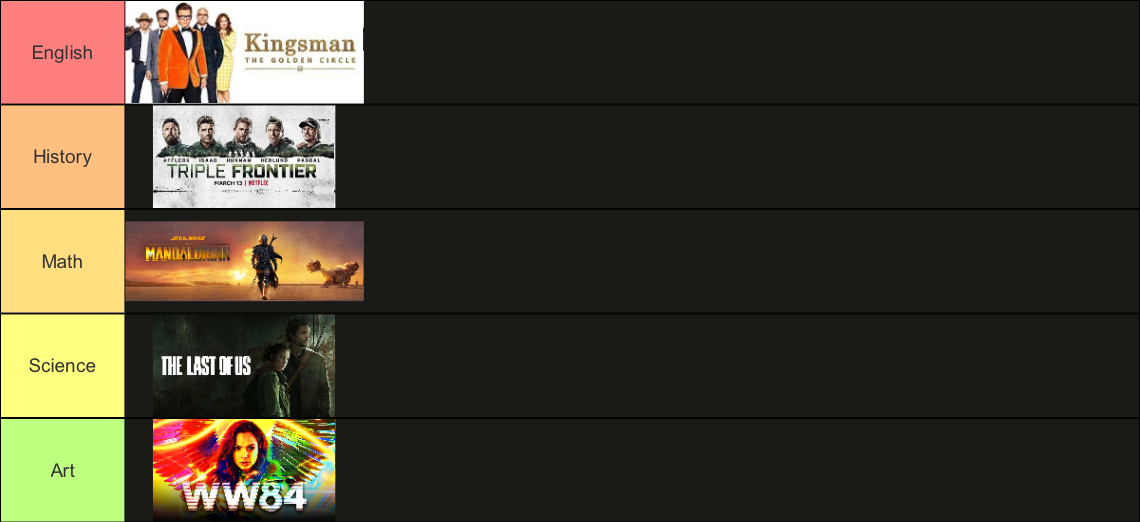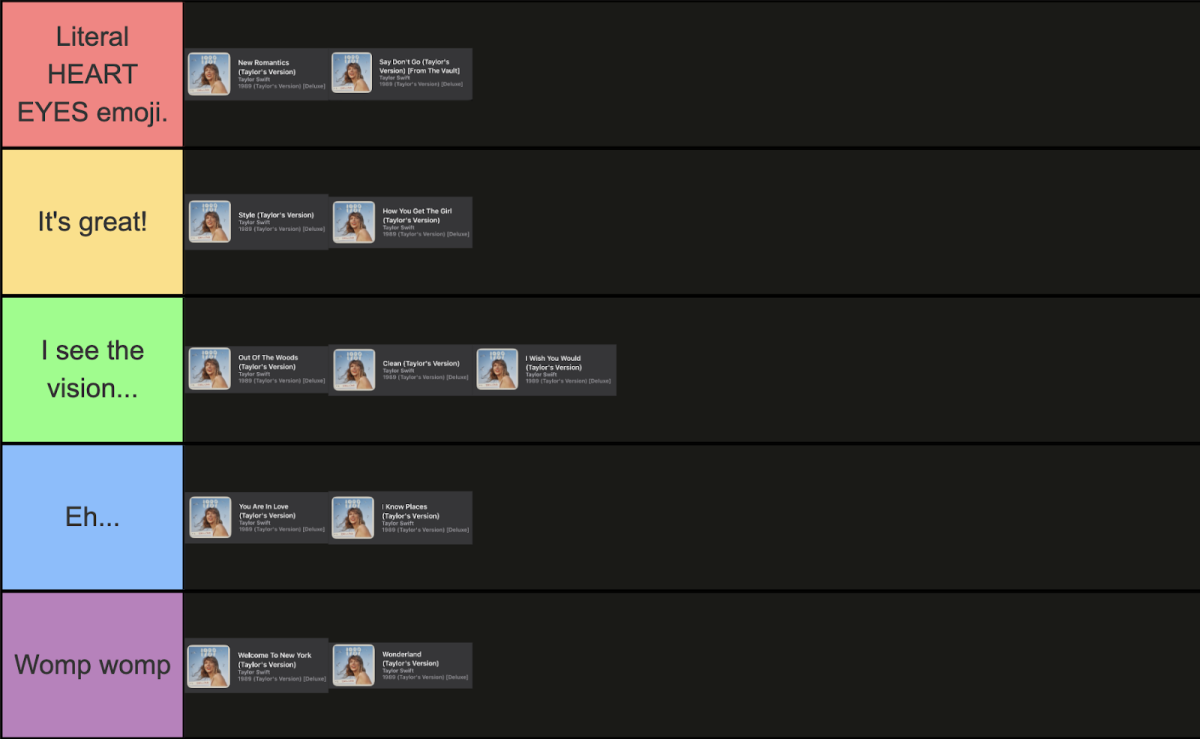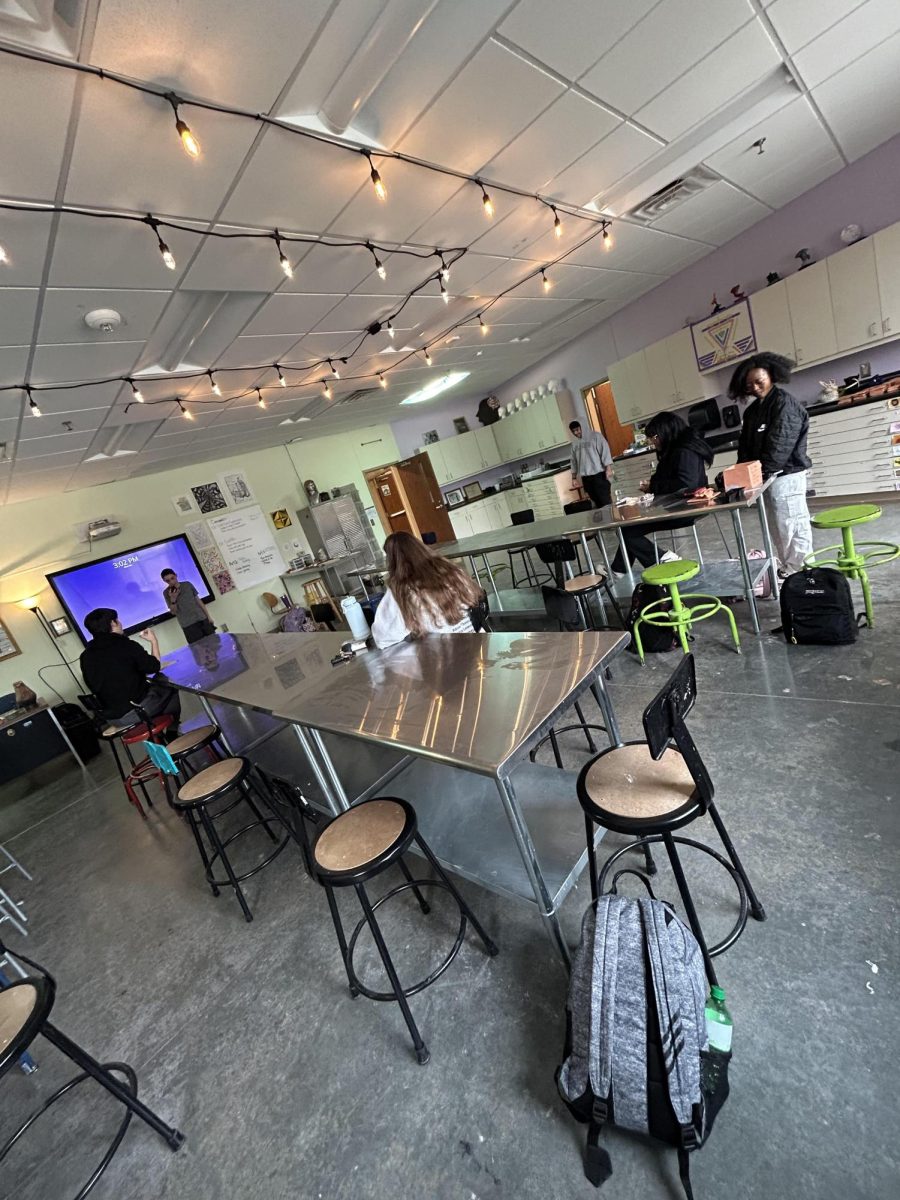Our school environment is too academically rigorous, and we have too many driven students not to fulfill extracurricular needs.
As it stands currently, clubs can be started by a student with a teacher sponsor and administration approval. While student-led organizations do provide their own range of benefits (like more active student involvement), organizing an entire club from the ground up is difficult. Especially while already juggling eight high school courses.
Last year, for instance, GMC students attempted to form a debate team. Previous club members explained that starting a club as a group of students did not sustain itself. There were too many complications not in the wheelhouse of a current high schooler, like financial and lesson planning.
It’s unfortunate that the debate team didn’t pan out, though, because it would have made an excellent addition to our school’s extracurricular scene, as would a number of other clubs.
Clubs provide skills in building teamwork, taking initiative, and communicating effectively, just to name a few. Not to mention how important extracurricular participation is to college applications.
Of course, GMC does have extracurriculars already. There are five “clubs” offered currently– Plant Club, African-American Alliance, Tabletop Club, Pitcrew, and Art Club. Other student organizations provided at GMC do not meet the criteria to be a true club, like Student Government or National Beta Club. Our definition of a club entails a group not already part of a national organization that offers an open membership to all students.
But what I find most interesting about our club availability is how it compares to our athletic team availability.
Most schools (especially schools of choice – which is what our school is) are known to boast about their extracurriculars, claiming high student engagement within their campus. GMC certainly does the same. But let’s be honest, how many extracurriculars are offered for our non-athletic students?
It seems that GMC offers a wide range of clubs that stimulate students’ athletic ability, but extracurricular activities targeted toward academic pursuits seem less popular.
The GMC website states that our school allows “students to acquire an education focused on linkages between technology, careers, and rigorous academics,” but even though athletics are not advertised as the main focus at GMC, we offer seven sports and only five clubs.
Not only do we have more opportunities for athletes, but our athletic program is more developed. Funding behind extracurriculars is multifold, but one thing is for certain: coaches get paid for their time, whereas club sponsors do not.
It can only be theorized that if club sponsors received payment for their time (like athletic coaches do), a higher incentive would be placed on developing academic or leisurely-based clubs. If not direct payment, there must be some kind of incentive that can be placed on club sponsors to increase availability.
So, while there certainly are considerations that need to be made, I cannot find reason enough to not pursue providing more extracurricular activities for our students.
I mean, is that not the trailblazer spirit?

